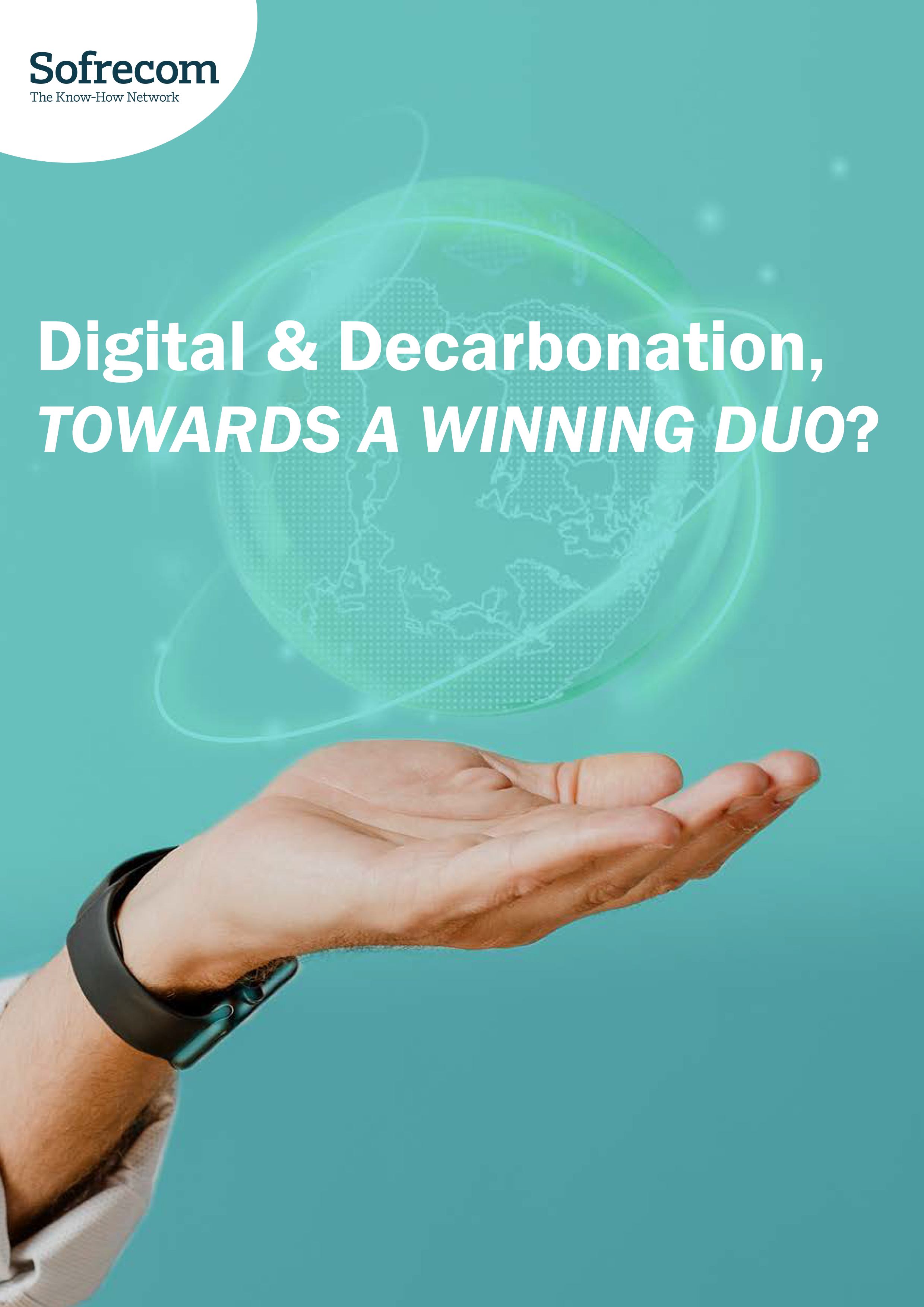
Tomorrow's green company will be agile, inclusive, innovative and efficient.
Thomas Corre, Energy and environment consultant

To be green or not to be anymore? This is the question that all companies will have to ask themselves, in the near future, in the face of the new challenges of decarbonization. Here is an overview of the risks and opportunities facing organizations in the context of the climate and geopolitical crisis.
Risks of devaluation, loss of attractiveness and isolation
Any company that does not engage its core business in a sustainable growth dynamic is exposed to various risks that could lead it to disappear.
- A major financial risk in the face of rising carbon costs: The carbon market, currently in certain regions (Europe, the United States, certain Asian countries, and already some African countries and South Africa), will continue to expand geographically. On the other hand, this GHG emissions trading mechanism, to which the most polluting companies are currently subject, will affect more and more organizations in the future, as will carbon taxes, in which companies will be very much expected to participate. Applied only to fossil fuels, the carbon tax will gradually be integrated into other products and services. A company that does not position itself quickly on these issues could see its OPEX increase drastically.
- Difficulties in finding funds to finance its development. The European "Green Taxonomy" regulation is currently framing the sustainable finance market; It redirects financial flows in order to accelerate the energy transition. It defines, for investors, six harmonized criteria to determine whether an organization's activity is environmentally sustainable: climate change mitigation, climate change adaptation, sustainable use and protection of water and marine resources, transition to a circular economy, pollution control, and protection and restoration of biodiversity and ecosystems. Any company will have to meet one of these six criteria and not negatively affect the other five. It will demonstrate this by publishing the Green Taxonomy indicators in its EPFD.
This Green Taxonomy relies on new financing tools such as "green bonds" issued by major donors (European Investment Bank, World Bank, governments, etc.). Only projects with a positive impact on the environment are eligible and they are conditional on the annual publication of a report to investors on their life. - A risk of losing attractiveness externally and internally. A company in good economic and social health relies on satisfied customers, committed employees and solid partners. Today, an organization's environmental commitment has become a major criterion of choice for everyone: customers, young graduates, and partners. Even if it is well established in the ecosystem, a company that is slow to commit to sustainable growth risks losing the confidence of its customers when competitors with a strong environmental record enter the market. It could see its employees leave, encounter difficulties in attracting young talent, and guarantee the continuity of skills within the company.
It could lose its suppliers and partners, who are subject to the same decarbonization challenges. Even though the company must take into account the carbon footprint of its partners' activities in its own calculation of the footprint, the lack of commitment would be very penalizing for the partners. - A loss of profitability. The recent exponential increase in energy costs has a strong impact on the profitability of certain activities. In Africa particularly, it can jeopardize business models and significantly reduce profits on certain activities. Working to reduce its carbon footprint by focusing on the reduction of energy consumption is therefore essential to secure certain activities.
What will the company of the future be like?
The company of the future will be able to reconcile economic growth with respect for the environment and biodiversity in each of its activities.
It will be able to rapidly evolve its business models to make climate change not a constraint, but an opportunity for development.
It will give itself the means to rise to the level of the new, environmentally virtuous players in the market and the ecosystem, by integrating the criteria of the Green Taxonomy, which will enable it to continue financing its growth.
It will have a detailed and in-depth knowledge of its environmental footprint across all its activities to ensure the sustainable development of its business.
It will be a driving force in reconciling economic and social growth with a reduction in its environmental footprint: it will try out new business models, new operating methods, and new ways of working both internally and externally. In particular, it will rely on the initiatives of its employees and collective intelligence, which are sources of innovation and progress. The involvement of employees in the Climate Fresk in many companies is the best demonstration of their motivation. This approach sharpens collective awareness and understanding of a common challenge. It encourages employees to become trainers of their colleagues in order to get as many people on board as possible.
Tomorrow's green company will be agile, inclusive, innovative and efficient.






